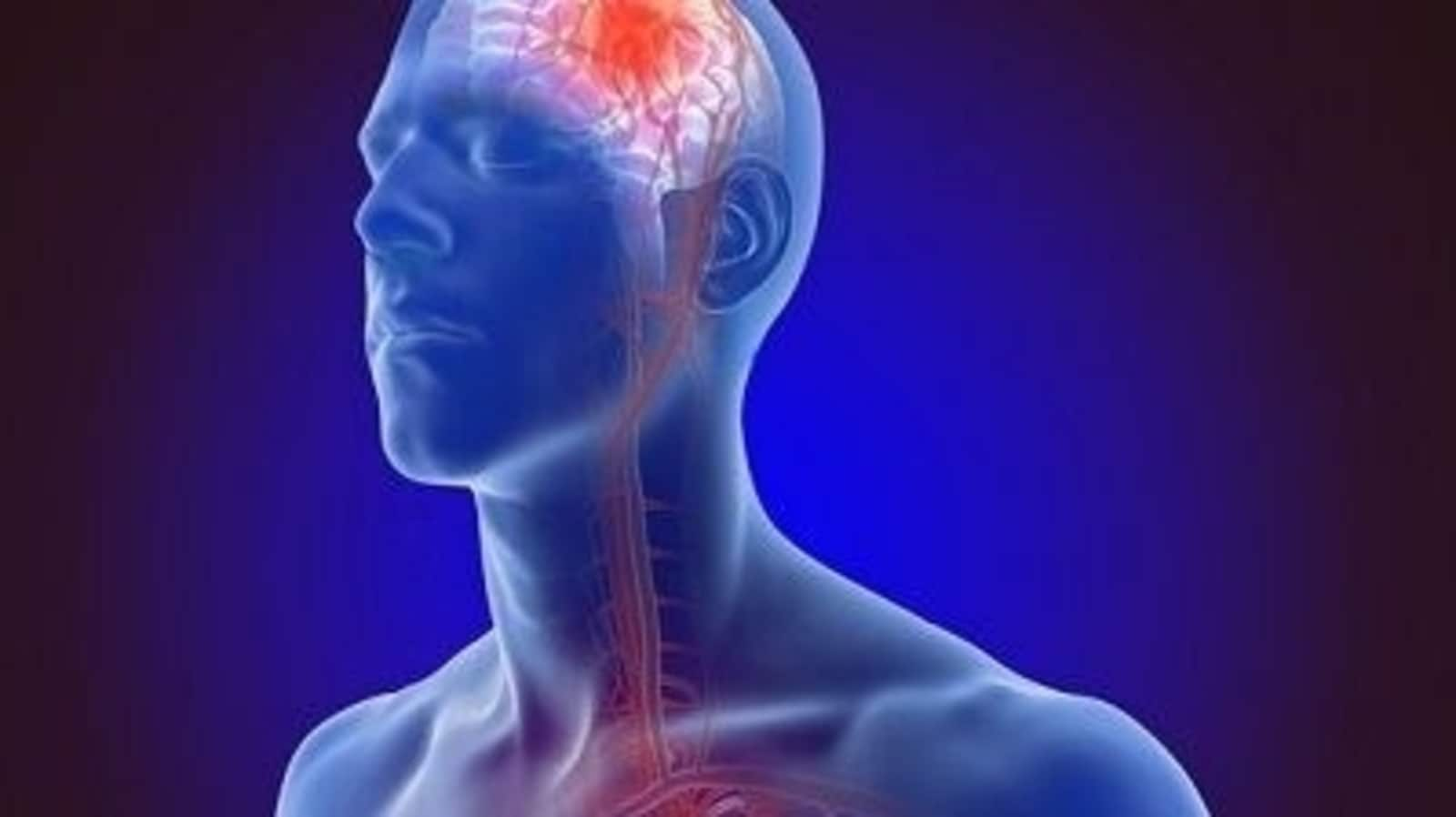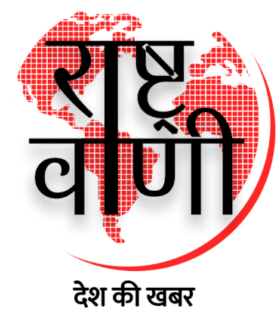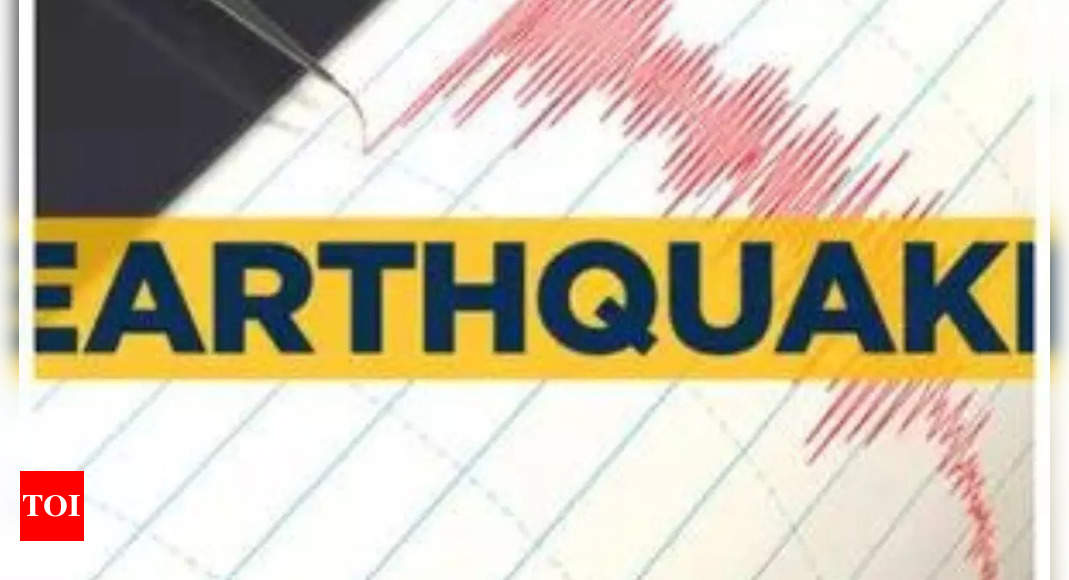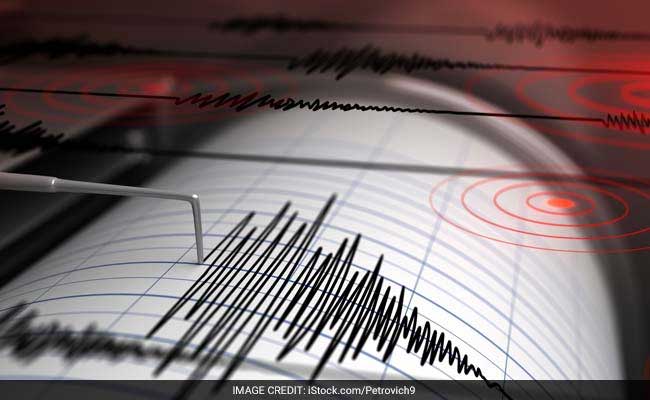
[ad_1]
Just like a heart attack, stroke involves a sudden disruption of blood flow to a vital organ hence, a stroke is often referred to as the “brain’s heart attack” but even though the two health conditions share some similarities, they affect different organs and require different treatment approaches which makes it crucial to recognise their signs and symptoms especially after Zerodha‘s founder Nithin Kamath started the conversation around a ‘mild stroke’ that he recently suffered. Along with rapid access to medical care, it is essential for optimising outcomes and reducing the risk of disability or death.

Taking to his social media handle, Nithin Kamath had tweeted, “Around 6 weeks ago, I had a mild stroke out of the blue. Dad passing away, poor sleep, exhaustion, dehydration, and overworking out —any of these could be possible reasons. I’ve gone from having a big droop in the face and not being able to read or write to having a slight droop but being able to read and write more. From being absent-minded to more present-minded. So, 3 to 6 months for full recovery. I wondered why a person who’s fit and takes care of himself could be affected. The doctor said you need to know when you need to shift the gears down a bit. Slightly broken, but still getting my treadmill count.”
In an interview with HT Lifestyle, Dr Pankaj Agarwal, Senior Consultant Neurologist and Head of the Department of Neurology at Global Hospitals in Parel Mumbai, shared, “Stroke preparedness is a critical aspect of public health, emphasizing the importance of recognizing early signs and taking swift action to minimize the impact of this cerebrovascular event. A stroke occurs when blood flow to the brain is disrupted, either due to a blockage (ischemic stroke) or bleeding (hemorrhagic stroke).”
Asserting that recognising the early signs of a stroke is crucial for timely intervention, he pointed out that the acronym FAST serves as a helpful reminder and elaborated –
- **Face drooping:** One side of the face may droop or feel numb.
- **Arm weakness:** Sudden weakness or numbness may occur in one or both arms.
- **Speech difficulty:** Speech may become slurred or difficult to understand.
- **Time to call for help:** If any of these signs are observed, it’s time to call emergency services immediately.
He revealed, “Other potential signs of a stroke include sudden confusion, severe headache, and difficulty walking. Early identification is pivotal, as prompt medical attention can significantly improve outcomes. In the event of suspected stroke, acting quickly is paramount. Calling emergency services ensures rapid transportation to a medical facility equipped to handle stroke cases. Emergency medical teams can initiate appropriate interventions, such as administering clot-busting medications or performing procedures to remove clots, depending on the type of stroke.”
[ad_2]
Source link








